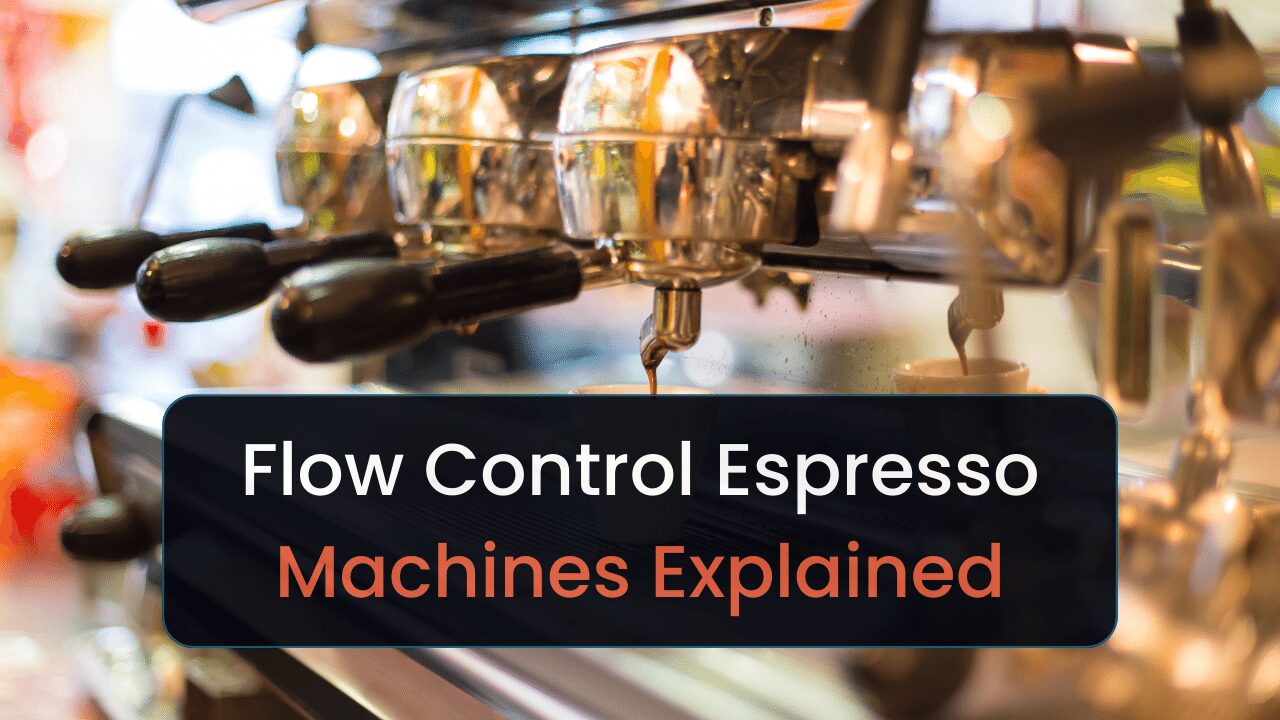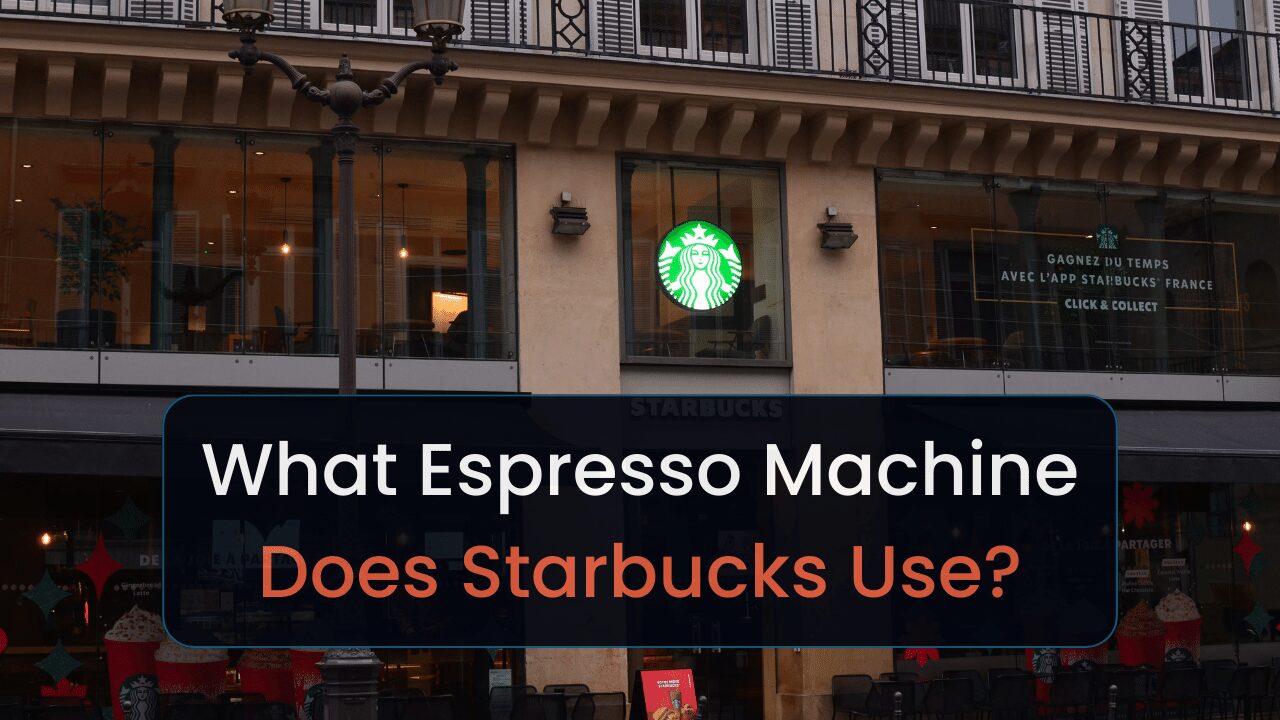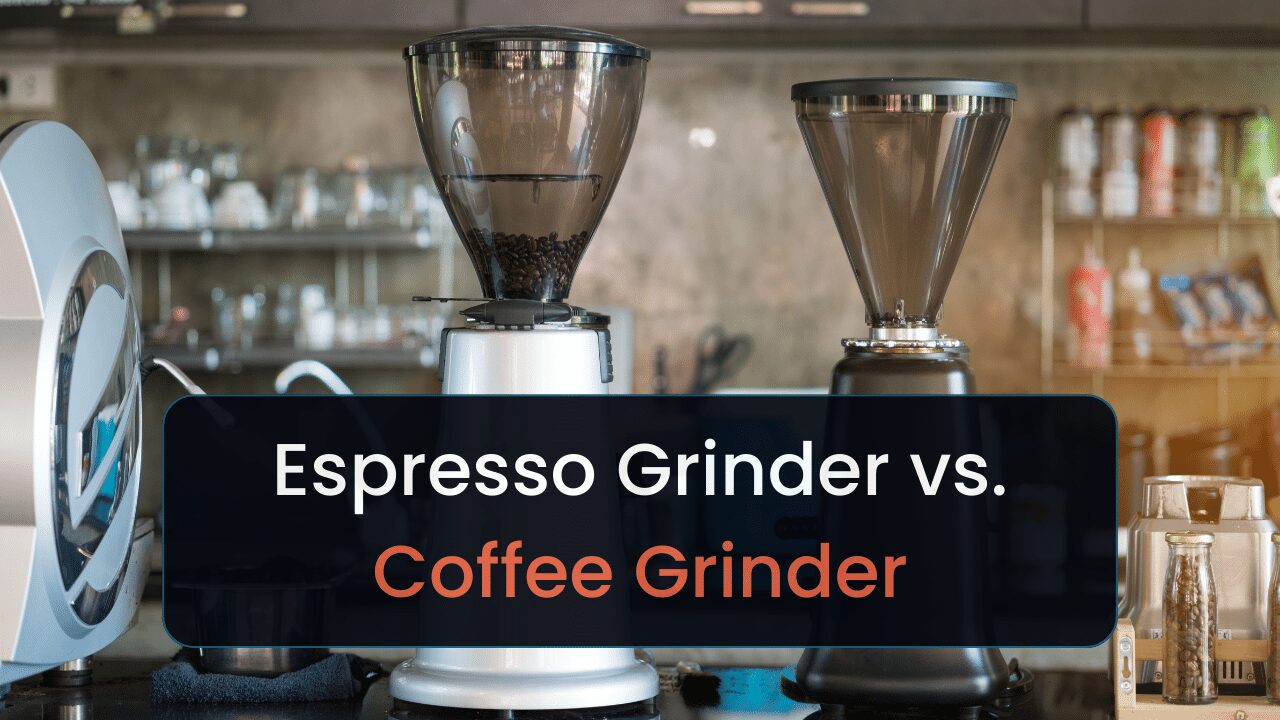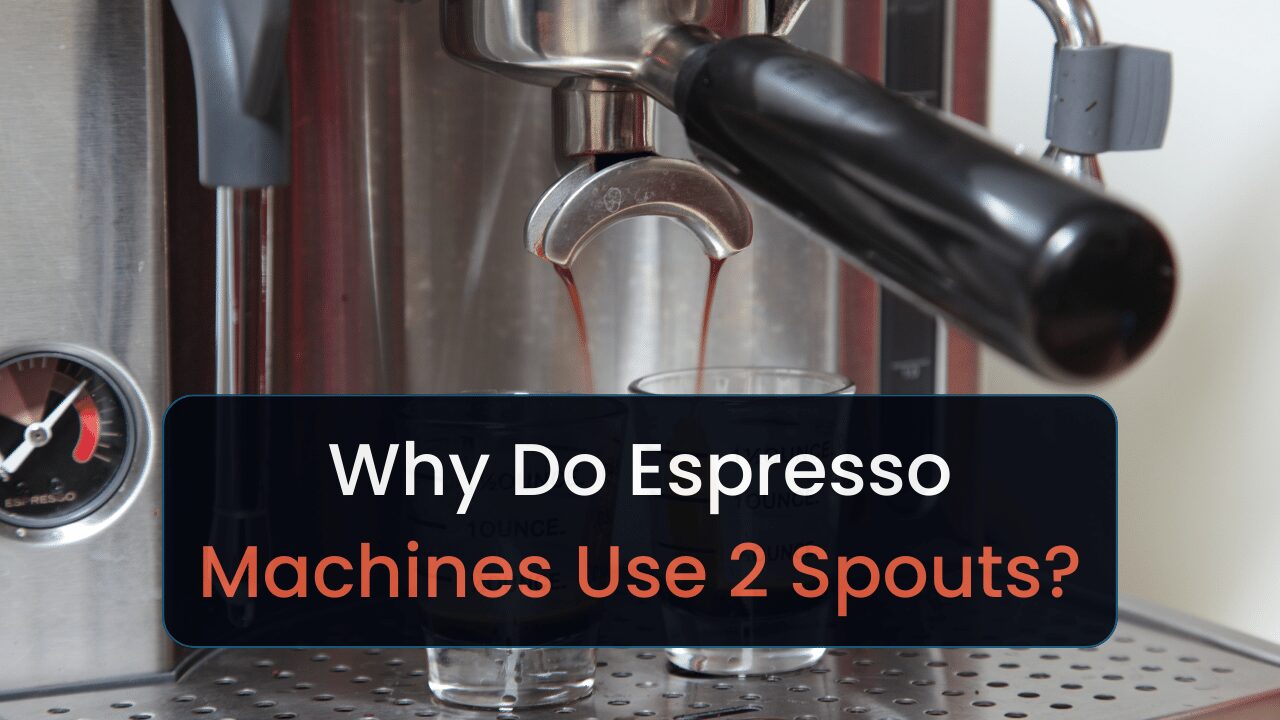My name is Yurri Brown, I’m a coffee lover and certified barista, I’m here to answer the question of how much wattage does a coffee maker use?
The problem is that it depends on the type, brand, and model of the coffee maker. Thus I will go over every type and brand as well as the most popular models.
Let’s get started.
Key Takeaways
- Coffee maker wattage typically ranges from 750 to 1200 watts, varying by brand and model.
- Brands such as Keurig, Mr. Coffee, Cuisinart, and Nespresso have a wide range of wattages across their models.
- Different types of coffee makers (e.g., Drip, Espresso, Percolator) use varying amounts of power.
- Accurate wattage info is found in the manufacturer’s specifications or user manual.
- Energy use can be reduced by efficient models, limiting usage, and unplugging when not in use.
Coffee Makers Watt Usage By Brand
The wattage of coffee makers can vary significantly from brand to brand, and even among different models from the same brand.
Here’s a list of some well-known coffee maker brands and the general wattage ranges of their products:
| Type | Watts |
| Keurig | 200 to 1500 |
| Mr. Coffee | 900 to 1200 |
| Cuisinart | 800 to 1500 |
| Bunn | 800 to 1800 |
| Nespresso | 1200 to 1500 |
| Hamilton Beach | 800 to 1100 |
| DeLonghi Consumer | 1000 to 1500 watts |
| DeLonghi Commerical | 2000+ |
| Braun | 1000 |
| Black+Decker | 800 to 1200 |
| Technivorm Moccamaster | 1475 |
| Bonavita | 1000 to 1500 |
| Jura | 1450 to 2300 |
Keep in mind that these are rough estimates, and the actual wattage can vary based on the specific model, its features, and how it’s used.
Also, remember to check the user manual or the manufacturer’s specifications to get the most accurate information for a specific model.
Keurig
Known for their single-serve machines, Keurig’s models usually range from 200 to 1500 watts.
For example, the Keurig K-Classic Coffee Maker typically operates at around 1500 watts, while their more compact models, like the Keurig K-Mini, use less power.
Here’s a more list of popular Keurig models and their wattages: [1]
- Keurig K-Classic: Uses around 1500 watts.
- Keurig K-Mini: Operates at approximately 1425 watts.
- Keurig K-Elite: Uses about 1470 watts.
- Keurig K-Supreme Plus: Runs at about 1500 watts.
- Keurig K-Duo: Uses approximately 1470 watts.
- Keurig K-Select: Typically operates at around 1470 watts.
- Keurig K-Cafe: Operates at about 1500 watts.
Remember, these are estimates. Always check the manufacturer’s specifications for accurate wattage information.
Mr. Coffee
Mr. Coffee’s standard coffee makers are usually in the range of 900 to 1500 watts.
Here’s a list of popular Mr. Coffee models and their approximate wattages:
- Mr. Coffee 12-Cup Coffee Maker: Uses around 900 watts.
- Mr. Coffee Simple Brew 4-Cup Coffee Maker: Operates at approximately 650 watts.
- Mr. Coffee Easy Measure 12-Cup Programmable Coffee Maker: Uses about 900 watts.
- Mr. Coffee One-Touch CoffeeHouse Espresso and Cappuccino Machine: Runs at about 1040 watts.
- Mr. Coffee HotCup Single Serve/Pod Free Coffee Maker: Uses approximately 1500 watts.
- Mr. Coffee All-in-One Occasions Specialty Pods Coffee Maker: Typically operates at around 1500 watts.
Cuisinart
With a variety of coffee makers from single-serve to grind-and-brew models, Cuisinart’s range is between 800 to 1500 watts.
For instance, their popular Grind & Brew model typically uses about 1025 watts.
Here’s a list of popular Cuisinart models and their approximate wattages:
- Cuisinart DCC-3200P1 Perfectemp Coffee Maker: Uses around 1050 watts.
- Cuisinart DGB-800 Fully Automatic Burr Grind & Brew: Operates at approximately 1025 watts.
- Cuisinart SS-10P1 Premium Single-Serve Coffeemaker: Uses about 1200 watts.
- Cuisinart DCC-1100BK 12-Cup Programmable Coffeemaker: Runs at about 1025 watts.
- Cuisinart DCC-450BK 4-Cup Coffeemaker: Uses approximately 550 watts.
- Cuisinart DCC-3750 Elite 10-Cup Thermal Coffeemaker: Typically operates at around 1025 watts.
These wattages are approximate and can vary based on specific models and usage. For accurate information, always check the manufacturer’s specifications or the user manual.
Nespresso
Nespresso’s pod-based espresso machines are usually around 1200 to 1500 watts.
Here’s a list of popular Nespresso models and their approximate wattages:
- Nespresso Essenza Mini: Uses around 1200 watts.
- Nespresso VertuoPlus: Operates at approximately 1300 watts.
- Nespresso Lattissima Pro: Uses about 1300 watts.
- Nespresso Pixie: Runs at about 1260 watts.
- Nespresso Inissia: Uses approximately 1200 watts.
- Nespresso Creatista Plus: Typically operates at around 1500 watts.
Remember, these are estimates. Always refer to the manufacturer’s specifications or the user manual for accurate wattage information.
Bunn
Known for their speed brew technology, Bunn’s coffee makers can range from 800 to 1800 watts.
Models like the BUNN Speed Brew 10-Cup Home Coffee Brewer usually run at about 900 watts, while their Velocity Brew models can go up to 1800 watts.
Hamilton Beach
Hamilton Beach’s drip coffee makers generally use between 800 to 1100 watts.
Their FlexBrew Single Serve model operates at approximately 800 watts, while the 2-Way Brewer model uses about 950 watts.
DeLonghi
DeLonghi’s range of coffee makers, from espresso machines to all-in-one combinations, typically run from 1000 to 1500 watts for home models, and up to 2000+ watts for commercial ones.
For instance, the DeLonghi ECAM22110SB Compact Automatic Cappuccino, Latte and Espresso Machine typically uses 1450 watts.
Braun
Braun’s BrewSense drip coffee makers generally use about 1000 watts. For instance, the Braun KF7170SI BrewSense Drip Coffeemaker operates at approximately 1000 watts.
Black+Decker
Their coffee makers generally use between 800 to 1200 watts. For example, the Black+Decker 12-Cup Thermal Coffeemaker runs at about 975 watts.
Technivorm Moccamaster
These premium drip coffee makers usually operate at around 1475 watts. The Moccamaster KBG model, for example, runs at exactly 1475 watts.
Bonavita
Bonavita’s coffee makers generally range from 1000 to 1500 watts. Their popular model, the Bonavita BV1900TS 8-Cup One-Touch Coffee Maker, uses around 1500 watts.
Jura
Jura’s high-end automatic coffee centers can range from 1450 to 2300 watts.
For instance, the Jura E6 Automatic Coffee Center runs at about 1450 watts, while their premium model, the Jura Giga 6, uses about 2300 watts.
Coffee Makers Watts Usage By Type
This is the Wattage of different coffee machines. Remember, all these numbers are estimates.
The actual power usage can vary greatly. It depends on the specific model of the coffee maker. It also depends on how often and how long you use the machine.
| Type | Watts |
| Drip Coffee Makers | 750 to 1200 |
| Single Serve Pod Coffee Makers | 200 to 1500 watts |
| Espresso Machines | 1000 to 1500 watts |
| Commercial Espresso Machines | 2000+ |
| Percolators | 300 to 600 |
| Moka Pot | 0 |
| French Press | 0 |
| Electric French Press | 1000 to 2000 |
| Moka Pot | 0 |
| Siphon Coffee Makers | 0 |
| Cold Brew Coffee Makers | 0 |
| Turkish Coffee Pots (Ibrik/Cezve) | 0 |
| Coffee Pod Machines | 1200 to 1500 watts |
| Built-in Coffee Makers | 1000 to 1200 watts |
| 12-cup coffee maker | 750 to 1200 |
Drip Coffee Makers
Drip coffee makers are probably the most common type of coffee maker. They are in many households around the world.
Their power usage ranges between 750 to 1200 watts. This is dependent on the model. The power is used to heat the water and keep the hot plate warm.
The actual power usage can vary. Some models are more energy-efficient than others.
Single Serve Pod Coffee Makers
Single serve pod machines, like a Keurig, have gained popularity. They are convenient and quick. They use between 800 to 1500 watts of power.
However, they run only when you’re brewing a cup. Thus, the overall power usage can be quite low. Again, the actual power usage can depend on the specific model and how long it’s kept on.
Espresso Machines
Espresso machines are complex. They have to generate a high amount of pressure. This pressure is needed to brew espresso.
Hence, they use more power. Consumer models typically use between 1000 to 1500 watts.
Commercial grade machines use more. They can use over 2000 watts because they have to operate for longer periods and handle more volume.
Percolators
Percolators are an older type of coffee maker. They’re less common today. However, they’re still loved by many coffee enthusiasts.
Percolators use between 300 to 600 watts of power. This is less than many other types of coffee makers. The lower power usage is due to their simpler operation.
French Press
A French press is a manual method of making coffee. It doesn’t use any electricity. However, you need to heat the water.
If you use an electric kettle for this, it can use power. Electric kettles use between 1000 to 2000 watts of power. However, they are only in operation for a few minutes at a time.
Moka Pot
This is a stovetop coffee maker, so it technically doesn’t use any electricity on its own.
However, if you use an electric stove, the wattage can be between 1000 to 1500 watts, depending on the stove.
Siphon Coffee Makers
These coffee makers are also often used on the stovetop, meaning they don’t use electricity on their own. If used on an electric stove, wattage would be similar to that of a Moka Pot.
However, there are electric models that can range from 600 to 1200 watts.
Cold Brew Coffee Makers
These typically don’t use any electricity, as the brewing process involves steeping coffee grounds in cold water over a long period of time.
However, if you choose to use an electric grinder for the coffee beans, that would typically use between 100 to 400 watts.
Turkish Coffee Pots (Ibrik/Cezve)
These are traditionally used on a stovetop, similar to a Moka Pot. If you use an electric hot plate or stove, it could consume around 1000 to 1500 watts.
Coffee Pod Machines
These machines, like the Nespresso, typically use around 1200 to 1500 watts. They heat up water quickly and brew a single cup at a time.
Built-in Coffee Makers
These high-end appliances can use between 1000 to 1200 watts. They are often found in luxury kitchens and can make a variety of coffee types.
Conserving Energy While Using Your Coffee Maker: Effective Strategies
High-wattage coffee makers need not be synonymous with extravagant energy use. Here’s how you can optimize energy consumption:
Regular Maintenance
Over time, accumulated residue in your coffee machine’s water tank can lead to higher energy usage.
To circumvent this, regularly clean the water tank and rinse any washable parts daily. A well-maintained coffee maker is not only more energy-efficient but also ensures a better brew.
Conscious Usage
Many of us have a habit of leaving coffee makers plugged in, even when not in use. However, this can lead to unnecessary energy consumption.
Make it a habit to switch off and unplug the machine when not in use to avoid this “phantom” energy drain.
Prioritize Energy Efficiency
When shopping for a coffee maker, consider models that feature energy conservation properties.
Machines with automatic shut-off sensors, for instance, can be a great investment. They may cost a bit more initially, but the long-term energy savings will likely outweigh the upfront cost.
Conclusion
In conclusion, the wattage of coffee makers can vary significantly, depending on the brand, model, and type of machine.
Whether it’s a traditional drip coffee maker, a single-serve pod system, or a high-pressure espresso machine, understanding the power usage can help users make more informed decisions.
With estimates ranging from as low as 0 watts for manual methods like a French Press or Moka Pot, to upwards of 2000+ watts for commercial espresso machines.
The breadth of options provides the flexibility to find a coffee maker that fits not only your brewing preferences but also your energy consumption goals.
Moreover, employing energy-saving practices can significantly reduce your coffee maker’s electricity consumption, promoting a more sustainable and environmentally friendly brewing routine.
As always, checking the user manual or the manufacturer’s specifications will provide the most accurate wattage information for your specific coffee maker model.
If you want to learn more, read our article on types of coffee makers.






